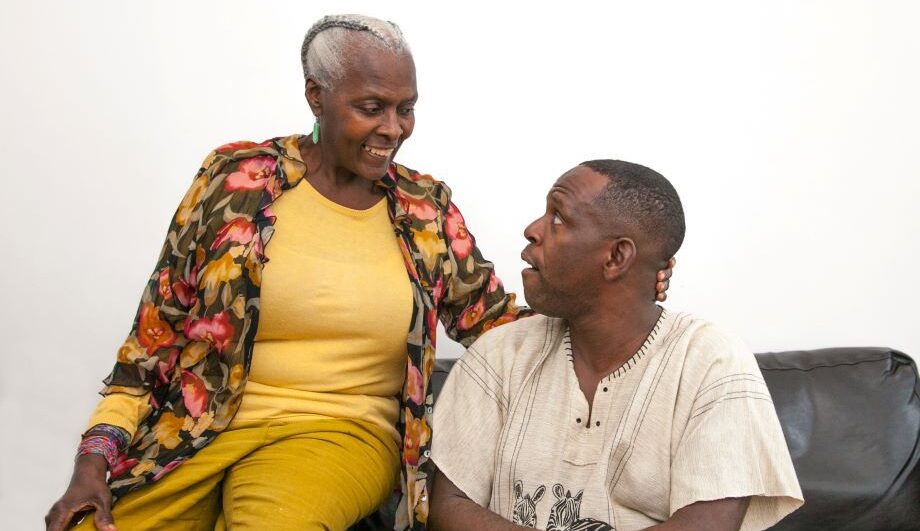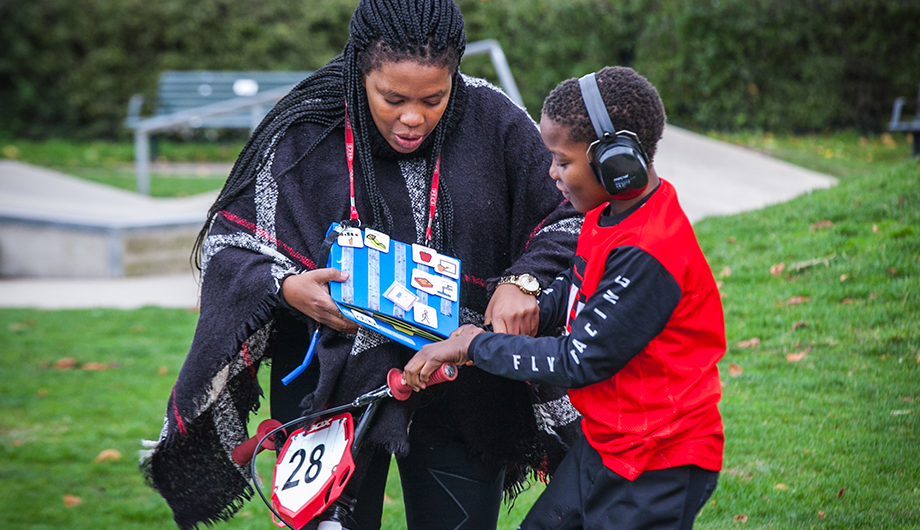
Seldom Heard
The Seldom Heard project was launched in recognition of the need to get better at seeking the views of children and adults with learning disabilities and more complex communication challenges.

Communication has a key role to play in reducing children’s frustrations and providing a key into their world. Take every opportunity to think about the role communication plays for your child and speak to your speech and language therapist if you want some more advice
This article is taken from a previous edition of our newsletter, Challenge. You can download PDF copies of many past editions of our newsletter and sign up to receive the newsletter at the links below.
The world of communication is a tricky place for any child to navigate but this can prove to be a challenging area for children with severe learning difficulties. Our role as Speech and Language Therapists is to help find different way for children to communicate their wants and needs and to provide families and supporting adults with the tools to help them. There are a range of varying strategies out there that can help support children with communication difficulties and it is important that you access a speech and language therapist to support you in deciding which method is right for you and your child. Children with these difficulties can present as requiring alternatives to verbal communication – we call this area augmentative and alternative communication or AAC.
Systems range from:
Note: The Royal College of Speech and Language Therapists (RCSLT) have updated their information on the use of Facilitated Communication as a communication tool. It is the position of the RCSLT that Facilitated Communication is a discredited technique that should not be used in any circumstance.
More information about this here: Facilitated communication | RCSLT
Children with severe learning difficulties can be supported through environmental adaptations to support their communication. Children with these difficulties often require support with:
Speech and Language Therapists will often advise on a range of ideas to help support the home and additional learning and community environments. It is for this reason that working as a multi-disciplinary team (with other professionals) is essential in supporting these children. Ideas for supporting children’s communication can be as follows:
Communication has a key role to play in reducing children’s frustrations and providing a key into their world. Take every opportunity to think about the role communication plays for your child and speak to your speech and language therapist if you want some more advice. Della Chubb, Highly Specialist Speech and Language Therapist, (Severe and Complex Special Needs)

The Seldom Heard project was launched in recognition of the need to get better at seeking the views of children and adults with learning disabilities and more complex communication challenges.

You can find past editions of our Challenge Newsletter from the last five years on the ‘news’ section of our website. We produce around three editions every year.

If you can’t tell other people what you want (or don’t want!) challenging behaviour can be more likely. Our quick read guide and downloadable information sheet explain how making communication better can reduce challenging behaviour.